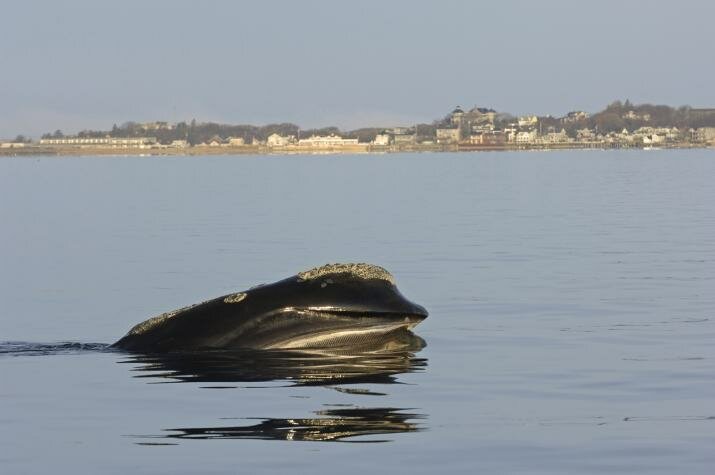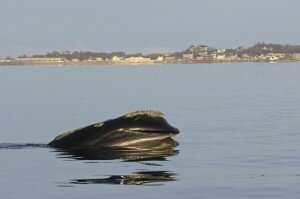The North Atlantic is renowned for its incredible beauty, access to iconic keystone species, and rich maritime history. But today, New England’s coasts and ocean are busier than ever, with more stakeholders and a more diverse complexity of interests than ever before. A regional ocean plan will drastically reduce conflict amongst ocean users, break down the silos separating state and federal agencies, and assert a science-based approach to effective decision making.
Three years into New England’s ocean planning process – which was set in motion by President Obama’s 2010 executive order on ocean planning – the body charged with creating the plan is nearing a major milestone: the release of the first draft of the plan next March. The Northeast Regional Planning Body’s (NRPB) meeting in Portland, Maine, last week was the last before that draft is completed and presented to the public.
“You are creating history. You are the first…We want to help every step of the way.”
Appropriate words from Beth Kerttula, Director of the National Ocean Council, as she closed out the final moments of last week’s NRPB meeting. Expressing admiration and encouragement, Kerttula’s statement was more than just a supportive message from the White House – it was also a call for the planning body to be steadfast in the final push towards a finished draft of the Northeast Regional Ocean Plan.
New England was first out of the gate in forming a regional planning body. For the last three years, the NRPB, consisting of balanced state, federal, and tribal representation, has directed the cultivation of stakeholder input to be incorporated into the plan.
When the NRPB convened November 16-17, the atmosphere was the most productive yet. The public witnessed the progress of every chapter within the draft regional ocean plan, marking an encouraging shift from what were once merely ideas to substantial chapter outlines and near-complete spatial data.
As the NRPB begins to piece it all together, members discussed agency best practices, science and research priorities, implementation, and the long-term vision for the finished plan.
Agency best practices
Ensuring that state and federal entities are effectively communicating with each other is a cornerstone to effective ocean planning. To mitigate conflict, the best possible data should guide decision-making, and all impacted stakeholders should be engaged before, during, and after plan implementation.
Last week’s meeting made clearer what these agency best practices will achieve. Several suggestions were proposed by the NRPB, including the consistent use of the data portal – an online, publicly accessible marine spatial data library. Best practices will also ensure better coordination with federal and state entities and federally recognized tribes, and guide how to effectively implement the regulatory framework prescribed in the ocean management plan.
Science and research priorities
The regional ocean plan will be transformational in improving ocean management stewardship, and also as a plan itself: one that embraces long-term adaptability. The NRPB provided an update about future science and research priorities that will not only improve upon the already impressive collection of marine data and maps, but more specifically, target existing gaps in knowledge and understanding, ensuring effective implementation of the regional ocean plan into the future.
What’s next?
Three years into the planning process, the NRPB is now in the final stretch! By this time next year, New England will have a completed regional ocean plan, the first in the nation. Currently, the NRPB has their collective nose to the grindstone until March of next year, when the draft will be released. Stakeholders will then have the opportunity to provide feedback over a proposed 45-day comment period, when the draft plan is presented in public meetings in every New England state. At the end of the public comment period, the plan will be submitted to the National Ocean Council for its ultimate approval.
Come fall 2016, with each stage of the approval process completed, New England will begin implementing the plan – a culmination of countless hours of planning, stakeholder engagement efforts, and data development.
Conservation Law Foundation applauds the incredible work of the NRPB, the continued support of the National Ocean Council, and ocean stakeholders for their commitment and input.
It is always great to be first, but even better when it leads to improved ocean stewardship and long-term leadership for the stakeholders who depend upon the ocean’s health and vitality.







Recent Comments